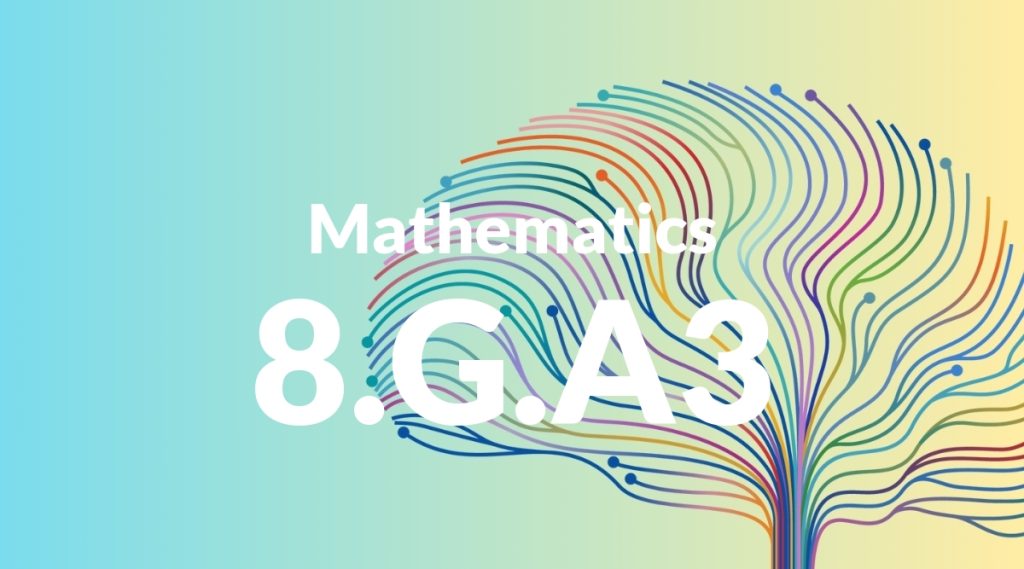Standard: 8.G.A3 – Describe the effect of dilations, translations, rotations, and reflections on two-dimensional figures using coordinates.
Grade level: Grade 8
Subject: Mathematics
Domain: Geometry
Teacher Overview
This standard focuses on understanding how various geometric transformations affect two-dimensional figures using coordinates. Mastery of this standard is crucial as it lays the foundation for more advanced geometric concepts and applications in higher mathematics and various real-world fields such as engineering, architecture, and computer graphics. Students should have prior knowledge of coordinate planes, how to plot points, and basic geometric shapes and angles. This foundational knowledge is essential for understanding how transformations affect these figures.
After mastering this standard, students will be equipped to tackle more complex geometric transformations including those in three dimensions. They will also be able to apply these concepts in advanced mathematics and practical real-world situations.
Common Misconception 1
A common misconception is that transformations such as translations, rotations, and reflections change the size of the figure. This is incorrect because these transformations, known as rigid motions, only change the position or orientation of the figure while preserving its size and shape.
Intervention 1
To address this misconception, use interactive geometry software or physical manipulatives to demonstrate how the size of a figure remains constant during translations, rotations, and reflections. Encourage students to measure side lengths and angles before and after transformations to see the consistency.
Common Misconception 2
Another misconception is that all transformations are rigid motions. This is not true as dilations are transformations that change the size of the figure while maintaining its shape and proportions.
Intervention 2
To remediate this, provide examples of dilations and compare them with other transformations. Use grid paper or software to show how dilations expand or contract figures proportionally, unlike rigid motions.
Prerequisite Knowledge
Students should have a basic understanding of coordinate planes, plotting points, and the concepts of angles and shapes.
Subsequent Knowledge
Students will develop skills in more complex geometric transformations, including three-dimensional transformations, and will be able to apply these concepts in advanced mathematics and real-world problem-solving scenarios.
Instructional Activities
- Use graph paper to perform and visualize various transformations.
- Interactive software for geometric transformations.
- Group projects to design logos using transformations.
- Real-world problem-solving activities involving mapping and navigation.
- Art projects that incorporate geometric transformations.




